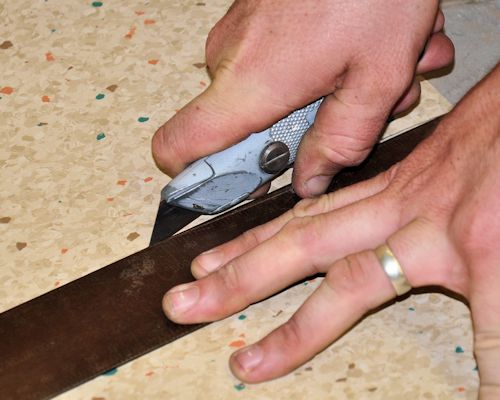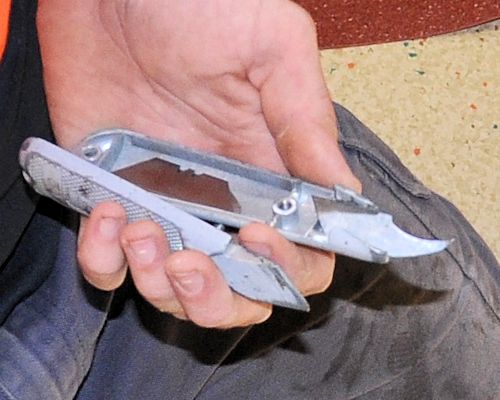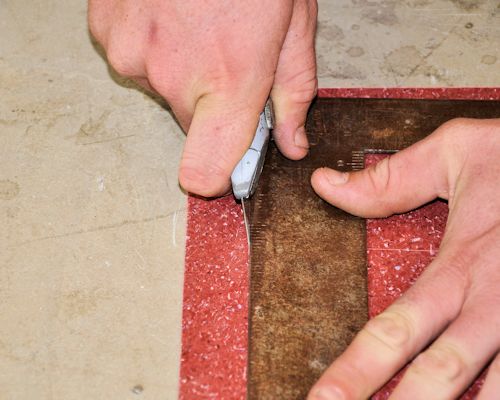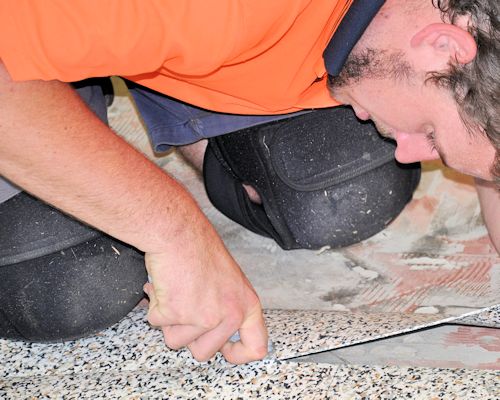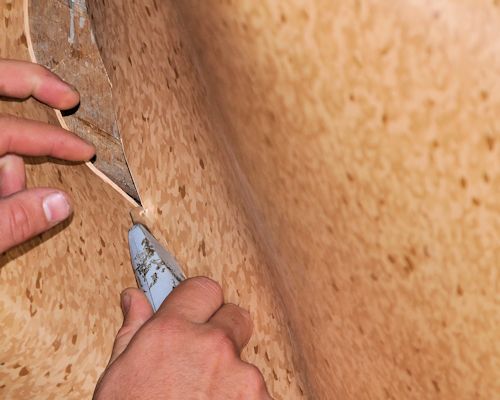Health and safety
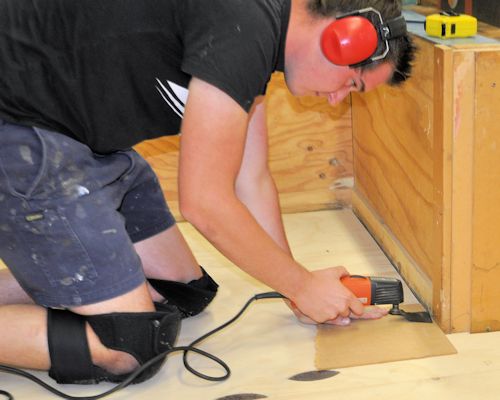 Audio for slide 1 (mp3 |6|KB)
Audio for slide 1 (mp3 |6|KB)
It sometimes seems that there are lots of rules and regulations when it comes to safety on-site. But the basic formula for staying healthy and avoiding injures is really quite simple:
- use safe work practices at all times
- look for hazards before you start any new job and take actions to control them
- keep the workplace tidy, maintain a professional attitude and don't take shortcuts.

 Audio for slide 2 (mp3 |6|KB)
Audio for slide 2 (mp3 |6|KB)
Many of the specific safety issues that you need to be aware of when you're laying a resilient floor are covered in other units in this Flooring Technology resource.
Here they are in summary, together with the units they are discussed in:
- Manual handling - including how to lift and carry heavy rolls of flooring - see: Safety at work
- Knee problems - including injuries and chronic conditions caused by working on your knees - see: Safety at work
- Dust and fumes - including dust from subfloor preparations and fumes from primers and adhesives - see: Subfloor coatings and toppings
- Skin contact with hazardous substances - including cement-based products and solvents - see: Subfloor coatings and toppings
- Personal protective equipment - including eye protection, ear protection and other items of PPE needed on-site - see: Safety at work.

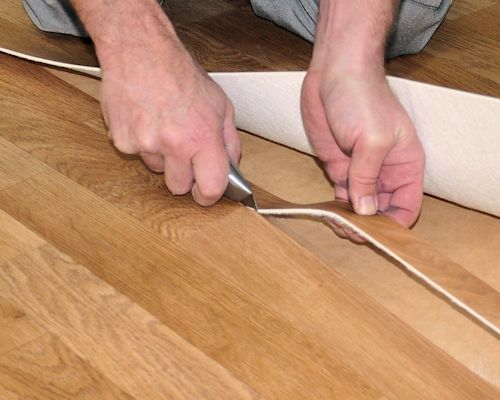 Audio for slide 3 (mp3 |6|KB)
Audio for slide 3 (mp3 |6|KB)
But there is one issue we haven't discussed yet that particularly applies to resilient floor layers - knife safety.
The most common type of knife you'll use when laying a resilient floor is a utility knife.
Below are the general safety procedures for using a utility knife to cut resilient floor products.

The most common type of knife you'll use when laying a resilient floor is a utility knife.
Below are the general safety procedures for using a utility knife to cut resilient floor products.

Go to Documentation

Industry Network Training and Assessment Resourses
© 2023 Workspace Training




